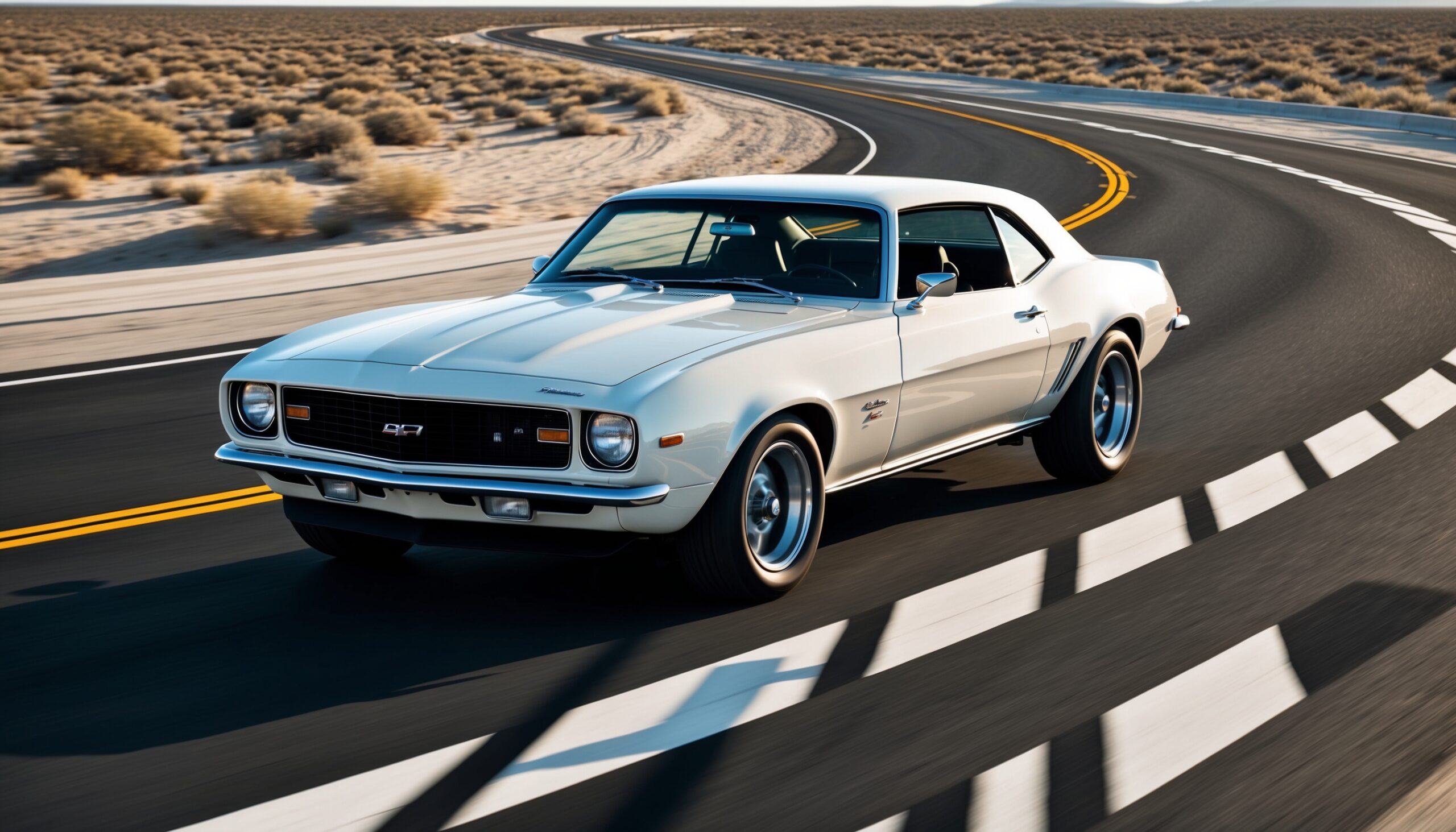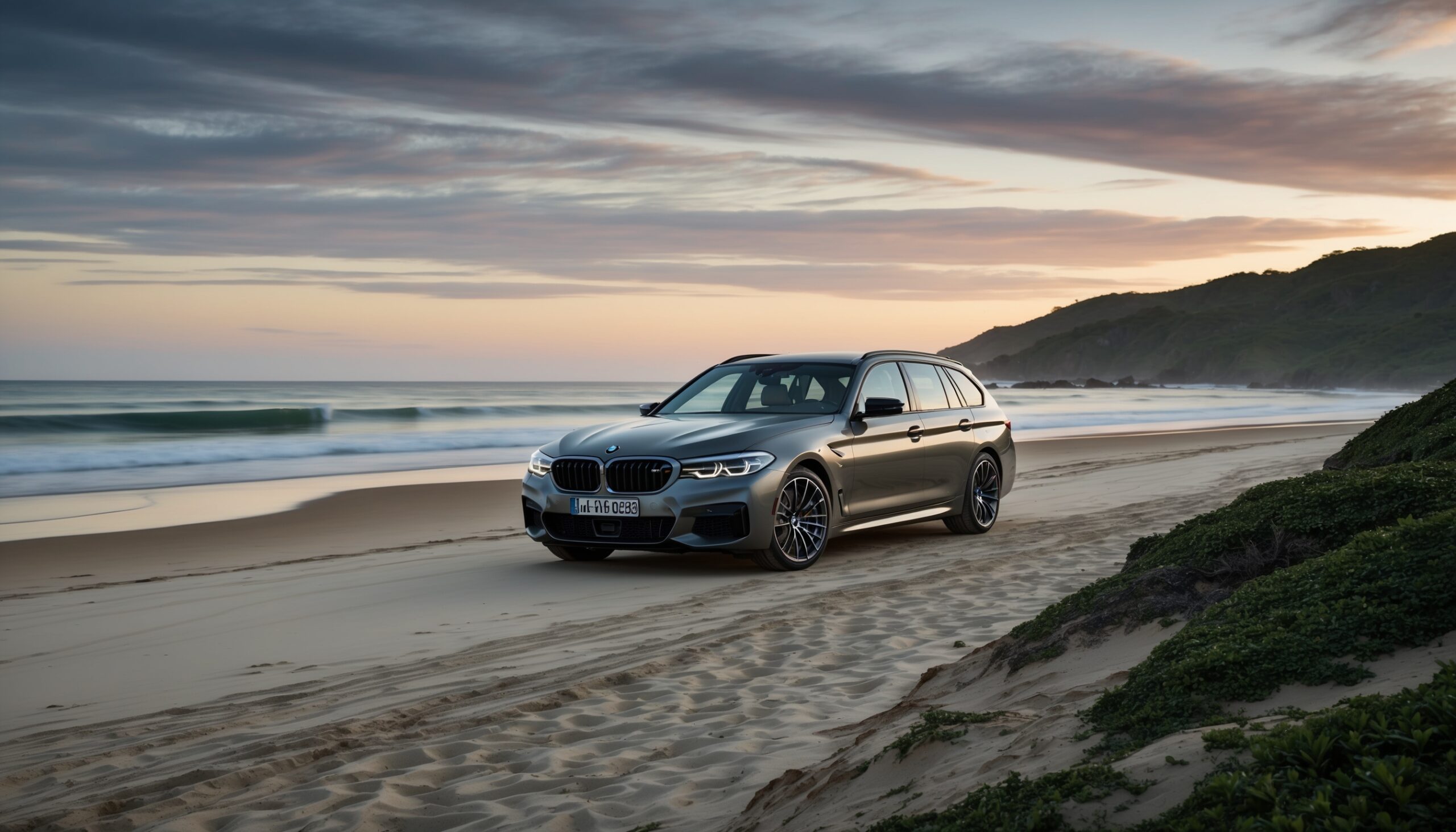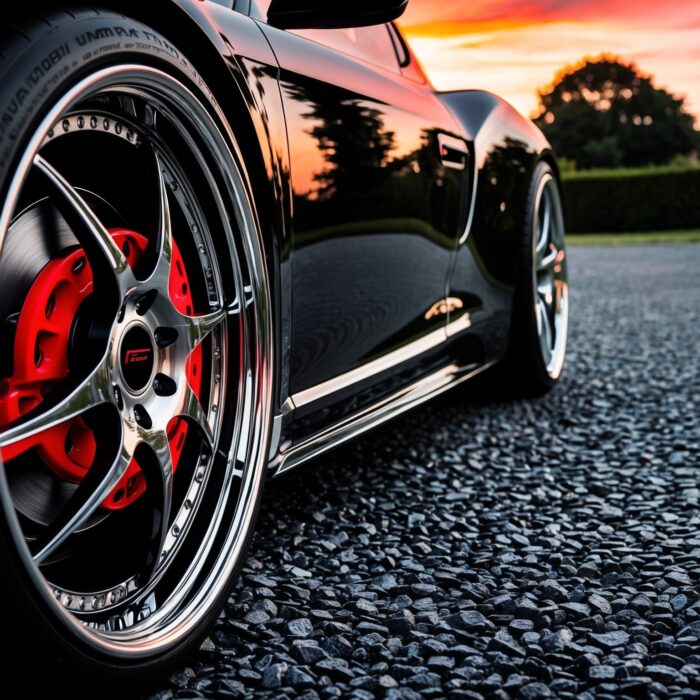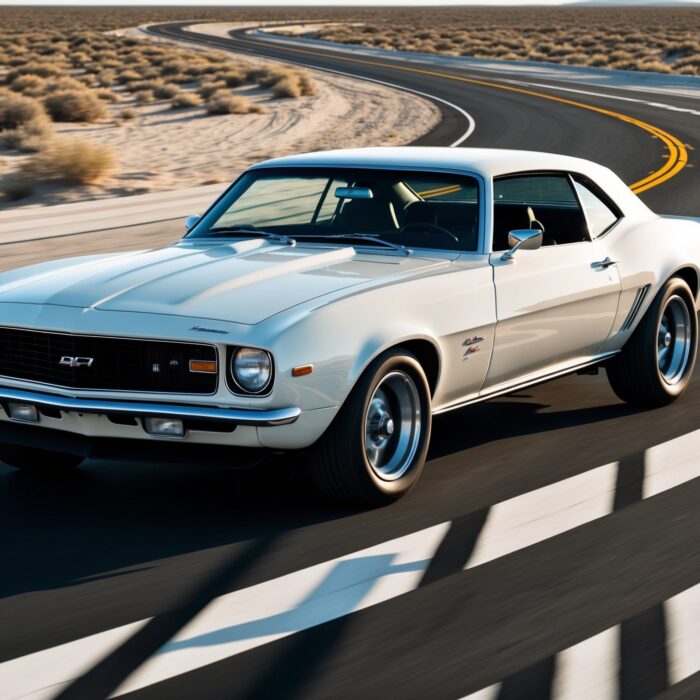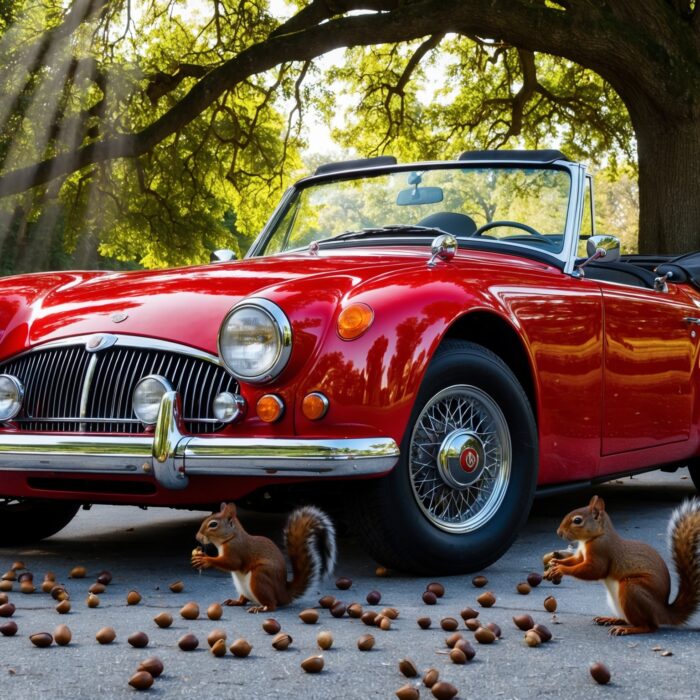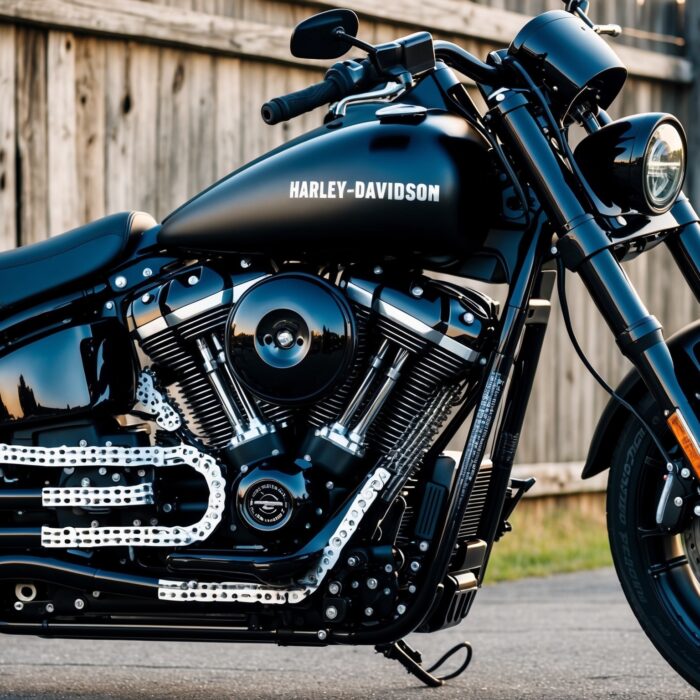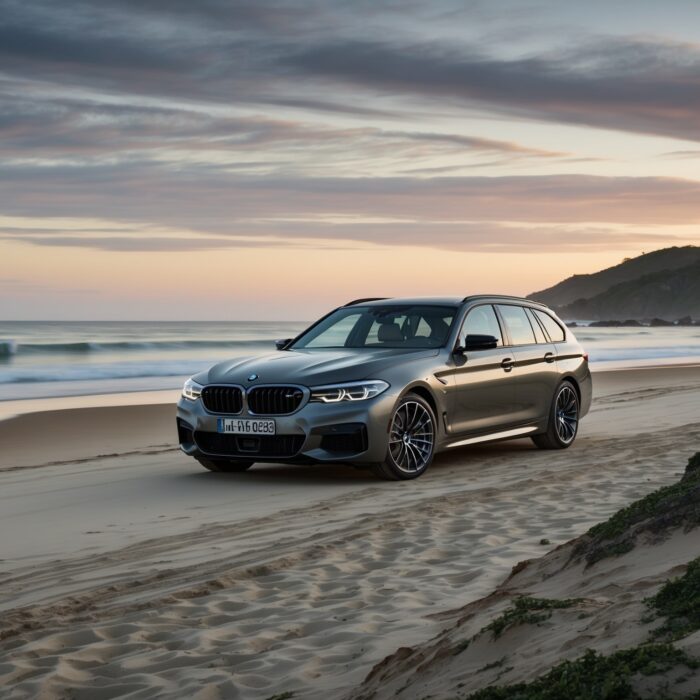VFACTS October 2025 New Car Sales: Chinese Brands, Hybrids Continue to Grow
The automotive landscape is ever-evolving, and the latest VFACTS report for October 2025 is a testament to that dynamic shift. As we dive into the data, it’s clear that both Chinese brands and hybrid vehicles are not just making waves; they’re creating a tsunami in the new car sales market. Here at Torque Feed, we love dissecting these trends and helping you understand what they mean for the industry and for car enthusiasts like you.
The Rise of Chinese Automotive Brands
In recent years, Chinese automotive manufacturers have been steadily increasing their presence in the global market, and the October 2025 figures show that this trend is only accelerating. Once seen as underdogs, brands like BYD, MG, and GWM are now becoming household names in Australia and beyond.
The Numbers Don’t Lie
According to the VFACTS report, Chinese brands collectively accounted for a significant portion of the market share in October 2025. Let’s break down the statistics:
- Market Share Growth: Chinese brands captured approximately 18% of the total new car sales, up from around 12% the previous year.
- Top Performers: BYD and MG emerged as the frontrunners among Chinese brands, with substantial year-on-year growth.
- Consumer Acceptance: A recent survey indicated that consumer confidence in Chinese vehicles is at an all-time high, with many buyers praising their affordability and features.
Why the Surge?
You might be wondering what’s driving this remarkable rise. Here are a few key factors:
- Affordability: Chinese vehicles are often priced competitively, making them attractive options for budget-conscious buyers.
- Technology and Features: Many Chinese brands are leveraging advanced technology, offering features that rival more established manufacturers.
- Sustainability Focus: With an increasing emphasis on environmentally friendly options, many Chinese brands are investing heavily in electric and hybrid vehicles.
The Hybrid Boom
In addition to the rise of Chinese brands, hybrid vehicles are experiencing a surge in popularity as well. As environmental concerns continue to mount, more Australians are turning to hybrids as a greener alternative without sacrificing performance.
Also Read: Diesel-electric LandCruiser, Prado and HiLux hybrids possible as Toyota commits to diesel power
Sales Trends
The VFACTS report highlighted that hybrid sales surged by 25% compared to the same month last year. Here’s how hybrids are shaping the market:
- Increased Demand: With rising fuel prices and stricter emissions regulations, consumers are actively seeking fuel-efficient options.
- Diverse Offerings: Automakers are expanding their hybrid lineups, providing a range of options from compact cars to SUVs.
- Government Incentives: Various incentives for hybrid vehicles continue to motivate buyers, making the transition to greener alternatives more appealing.
Which Hybrids are Leading the Charge?
Several hybrid models are standing out this year, capturing the hearts (and wallets) of Australian consumers:
- Toyota RAV4 Hybrid: This popular SUV is known for its reliability and efficiency, making it a top choice for families.
- Honda Accord Hybrid: With its sleek design and advanced technology, the Accord Hybrid is a favorite among those looking for a reliable sedan.
- Mitsubishi Outlander PHEV: The plug-in hybrid electric vehicle (PHEV) has gained popularity for its versatility and electric-only driving range.

The Shift Towards Electrification
The increase in hybrid sales is just one part of the broader trend toward electrification in the automotive market. As technology advances and infrastructure improves, electric vehicles (EVs) are becoming more accessible and appealing to consumers.
Government Policies and Market Changes
Government policies aimed at reducing carbon emissions are playing a crucial role in this shift. The Australian government has implemented several initiatives to encourage the adoption of electric and hybrid vehicles:
- Tax Incentives: Reduced taxes and rebates for EV purchases are enticing buyers.
- Charging Infrastructure Investments: Increased investment in charging stations across urban and rural areas is making EV ownership more practical.
- Awareness Campaigns: Educational campaigns are helping consumers understand the benefits of hybrid and electric vehicles.
What’s Next for Electric Vehicles?
As we look to the future, several key trends are expected to shape the EV market:
- Battery Technology Advancements: Improved battery technology will lead to longer ranges and shorter charging times.
- Increased Model Availability: More manufacturers are entering the EV market, leading to a wider variety of options for consumers.
- Affordability Improvements: As production scales up, the cost of EVs is expected to decrease, making them more accessible to the average consumer.
Consumer Preferences and Trends
Understanding consumer preferences is essential for automakers looking to capitalize on these trends. Here are some insights into what buyers are looking for:
Key Features in Demand
In addition to price and efficiency, there are several features that consumers are prioritizing when shopping for new vehicles:
- Advanced Safety Technology: Features like adaptive cruise control, lane-keeping assist, and automatic emergency braking are becoming standard expectations.
- Infotainment Systems: Seamless smartphone integration and user-friendly interfaces are key for tech-savvy buyers.
- Comfort and Space: As families look for new vehicles, spacious interiors and comfortable seating are important considerations.
Demographics Shaping the Market
The demographics of car buyers are also changing, influencing the types of vehicles that are popular:
- Young Professionals: This group is often drawn to hybrids and compact SUVs due to their balance of efficiency and practicality.
- Families: Family buyers are seeking larger vehicles with advanced safety features and ample cargo space.
- Environmentally Conscious Consumers: Those prioritizing sustainability are increasingly opting for EVs and hybrids as part of a lifestyle choice.
Challenges Ahead
While the growth of Chinese brands and hybrid vehicles is promising, several challenges remain in the automotive landscape:
Market Competition
With so many brands vying for consumer attention, competition is fierce. Established brands must innovate and adapt their strategies to remain relevant.
Supply Chain Issues
Global supply chain disruptions continue to impact production and availability. Manufacturers must navigate these challenges to meet consumer demand.
Also Read: The Ringbrothers 'Kingpin' Mustang Is an 800-Horsepower Piece of Art
Consumer Education
As new technologies emerge, educating consumers about the benefits and features of hybrids and EVs is crucial for widespread adoption.
The Road Ahead
As we analyze the October 2025 VFACTS report, it becomes clear that the automotive industry is on an exciting trajectory. With Chinese brands gaining a foothold and hybrids leading the charge toward greener solutions, consumers can look forward to a diverse range of vehicles that cater to varying needs and preferences.
At Torque Feed, we’re passionate about keeping you informed on the latest trends and developments in the automotive world. As the market continues to evolve, we’ll be here to bring you the insights you need to make informed decisions about your next vehicle purchase. Whether you’re a die-hard car enthusiast or a casual buyer, understanding these shifts will help you navigate the exciting landscape of new car sales.


